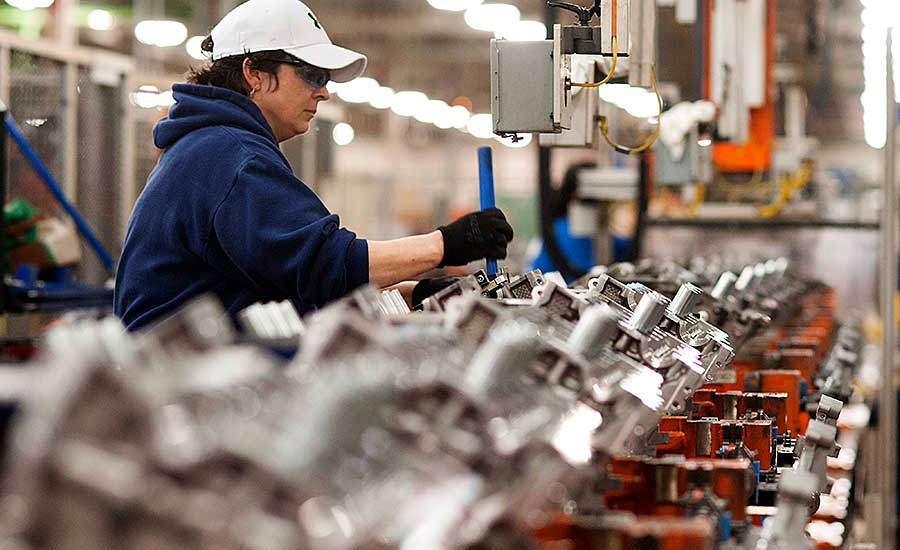In the past 20 years, the global economy has suffered through many difficult events, such as pandemics, conflicts and natural disasters. For instance, the COVID-19 pandemic triggered one of the worst job crises since the Great Depression.
The destruction caused by wildfires, hurricanes and floods can also seriously affect resources and job security, with employees facing job losses or wage cuts.
Lensa Inc., a developer of hiring and recruitment software, recently conducted a study to determine which industries most retained employment during turbulent times. The researcher looked at employment data from the U.S. Bureau of Labor Statistics for the past 20 years. Data was taken from the start date of each event until the end date of the event.
The COVID-19 pandemic caused insecurity throughout the job market, heavily impacting industries such as the retail and leisure sector, which have yet to fully recover. From March 2020 to March 2021—Lensa’s definition of the pandemic’s time span—only two industries saw increased employment rates: transportation and warehousing (+3.5 percent) and the federal government (+0.38 percent).
The transportation and warehousing sector witnessed steady employment levels throughout the pandemic. That makes sense. Efficiently shipping medical supplies such as masks and vaccines, was an imperative during the pandemic. And, with people stuck at home, online shopping soared.
Employment within the federal government also retained a steady growth rate through 2020, and maintained a 2.49 percent increase in employment between March 2020 and March 2021. That, too, makes sense, given the government’s role in stemming the pandemic at home and abroad. The federal government employs people in multiple job types in numerous fields, and telecommuting was an option for many workers.
Manufacturing had the 10th most secure employment rate during the pandemic, decreasing by 3.67 percent. That’s not too bad, though I thought the industry might have fared better. Granted, telecommuting was not an option for most manufacturing workers. Indeed, many people opted to leave the manufacturing workforce rather than work side by side on an assembly line. (Some, it seems, will never return.) Still, pandemic or not, consumers wanted and needed “stuff,” and U.S. manufacturing came through.
Ultimately, the pandemic may have had a silver lining, in that it has forced manufacturers to rethink far-flung supply chains. U.S. manufacturers employed 12,991,000 people in April 2023, according to the BLS. That’s 2 percent more than in April 2022 and 14 percent more than in April 2020, the manufacturing employment low point of the pandemic. The U.S. has now regained all the manufacturing jobs lost during the pandemic shutdowns and added an extra 161,000 jobs to boot. In fact, the April 2023 manufacturing employment total is the highest since November 2008.
The Great Recession—which Lensa defines as running from December 2007 to June 2009—was a different story. That recession caused a widespread financial and economic crisis, involving job losses, unemployment, and wage repression in the U.S. One in five employees lost their jobs at the beginning of the Great Recession. Manufacturing employment decreased more than 15 percent during that stretch, and it has not topped 13 million workers since 2007.
Surprisingly, six sectors enjoyed employment increases during the Great Recession. Private education and health services was the most resilient sector of the economy. Employment among colleges, universities and training centers grew by 3.77 percent. Again, that makes sense. Layoffs often prompt people to reconsider their career choices and train for something else.
In a recurring theme, the federal government also had an increase in employment, growing by 2.49 percent in the time frame. (The government always seems to get bigger in good times and bad. Hmmm…)
So, in this month of college and high school graduations, which industries should our earnest young people pursue? I’m still bullish on manufacturing. Reshoring and foreign direct investment created more than 364,000 new U.S. manufacturing jobs in 2022, a 53 percent increase from the 2021, according to the Reshoring Initiative. A surge in manufacturing projects for EV batteries and semiconductors helped to propel current and future manufacturing jobs to a record high. The total number of jobs announced since 2010 is now nearly 1.6 million. Ultimately, if I were a young person, I’d rather work with a robot than scurry around a warehouse or sit behind a desk in DC.
What do you think? Read Lensa’s report for yourself here.







